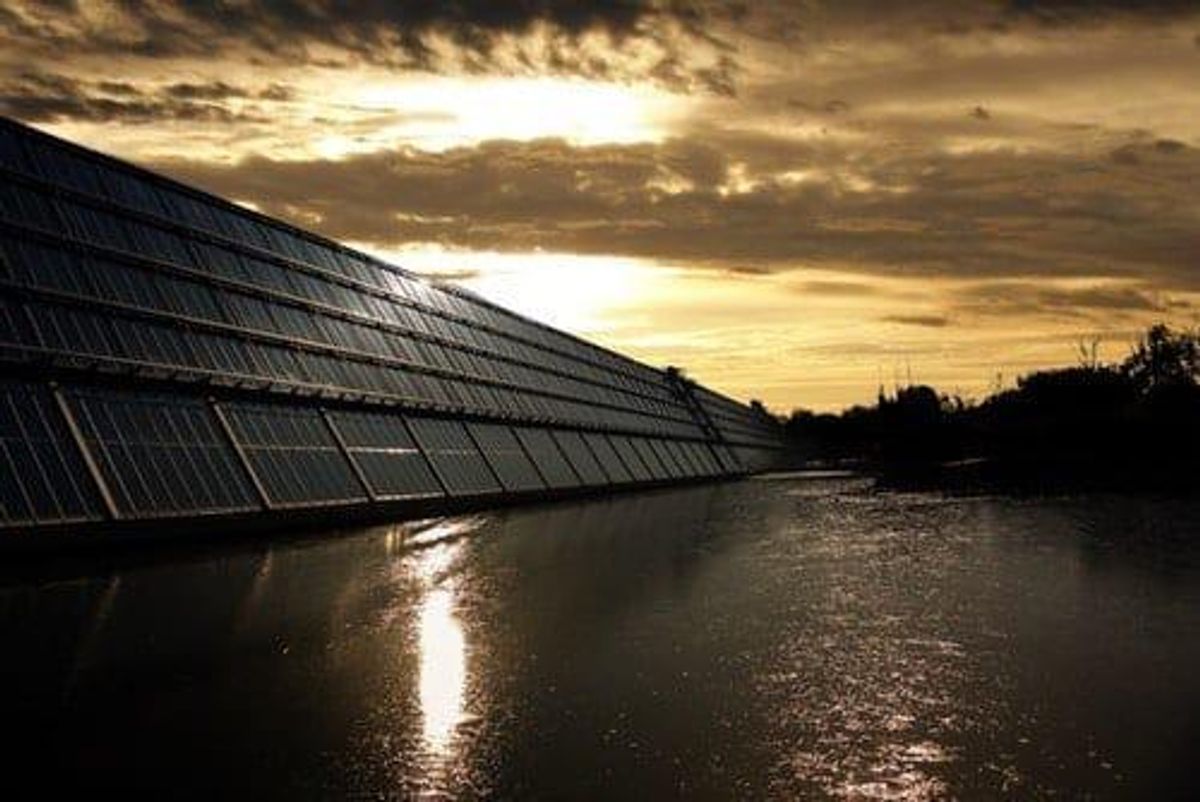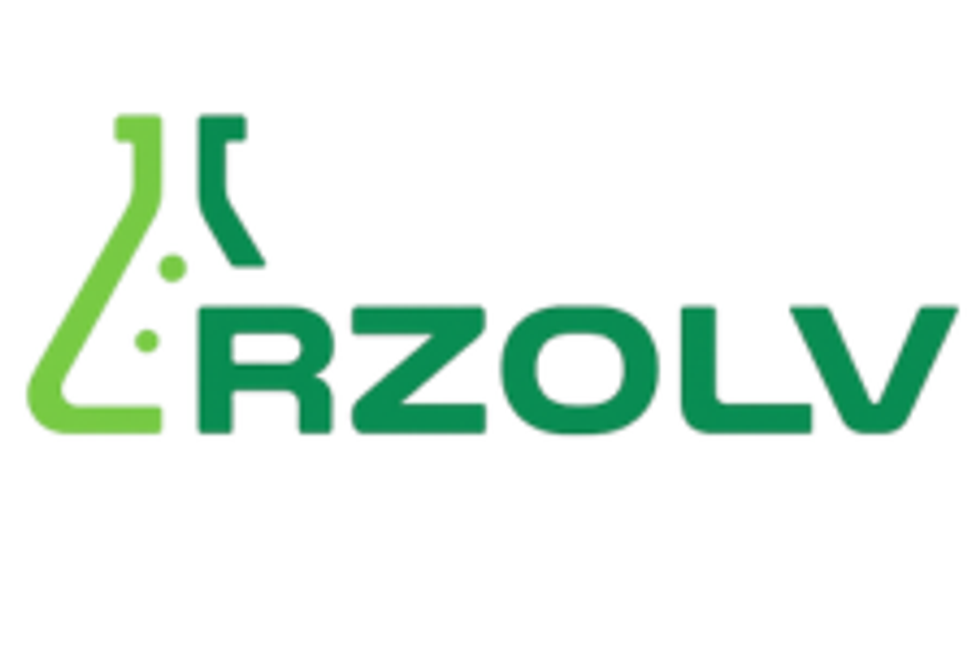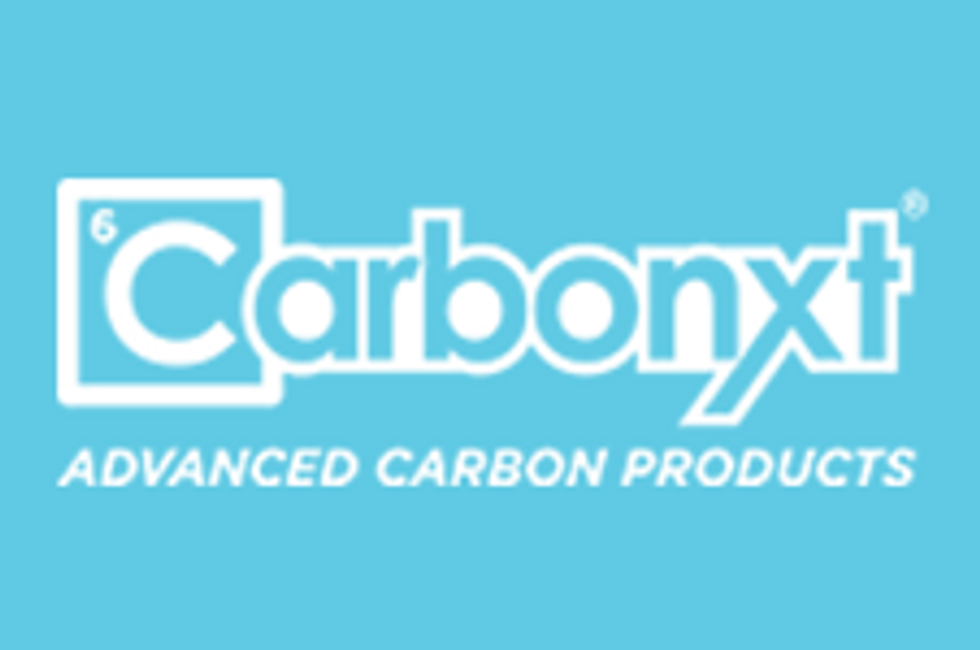
INN covers the key takeaways from Q3 in cleantech, including lower prices, subsidy trends and investor demand in the sector.
According to a recent report from Wood Mackenzie, the US-China trade war and stagnant adoption rates are core roadblocks to scaling renewable energy globally.
Despite lower prices, progressive policies and larger investments in cleantech, progress remains slow, the report adds. Still, a number of positive events did help shape Q3 and define the industry.
In August, one of the world’s largest solar projects received approval in Alberta, Canada. Valued at nearly half a billion dollars, the Travers solar project will provide 100,000 homes with electricity.
“I think the Travers project is a project of unprecedented scale in this country and is the right project at the right time in Alberta,” Dan Balaban, CEO of Greengate Power, the company that runs Travers, told the Investing News Network (INN).
The quarter also witnessed Canadian Solar (NASDAQ:CSIQ) break solar power efficiency records, while the US Department of Energy reported declines in wind power installation costs.
On the electric vehicle front, 14,000 electric cars were purchased in Canada from May to July after a rebate program was put in place by the federal government.
It’s clear there are both challenges and opportunities in the cleantech industry. Here INN takes a look at some of the key takeaways from Q3 and at the outlook for the industry looking ahead.
Cleantech market update: Renewables versus traditional energy
While the renewable energy sector requires capital-intensive models for development, that has not stopped capital from flowing to new projects over the quarter.
“Renewable energy continues to struggle to compete with traditional energy sources on cost,” Mike Wholey, senior analyst at CB Insights, told INN. “However, venture capital investment by oil and gas majors has increased every year since 2015.”
Despite their differences, oil and gas companies are partnering in greater numbers with renewable energy companies. Overall, the dialogue is changing and creating new opportunities and partnerships between the two industries.
“I think energy is certainly an important issue right now in our country, and I believe that discussion has become too polarized,” said Balaban. “The discussion has been framed (as) a decision between oil and gas or renewable energy. And I don’t think it’s an either/or decision.”
While the marrying of the two industries has been slow, promising investment trends have been clear.
“We believe that investor and regulatory pressure will continue to push oil and gas majors to invest in and partner with renewable energy and other cleantech startups, accelerating technology development and potentially pushing prices down,” said Wholey.
Additionally, the narrative between renewable energy and traditional energy is progressing, said Balaban. “The narrative previously on renewables was that it’s great for the environment, but it comes at a cost,” he said. “I think that narrative has changed now where renewables are obviously great for the environment, but are now the most cost-competitive source of new power generation that we have.”
While regulation, uncertainty and long-term horizons remain barriers to entry for the industry, companies are investing at a greater scale because the results are evident.
“Despite economic viability, there are many legacy policies, fossil fuel subsidies and (a) lack of enabling policies that hinder the growth of renewables,” said Rishab Shrestha, solar analyst at Wood Mackenzie.
Suncor (TSX:SU), a major traditional energy company, has invested over C$100 million in renewable companies alone, and a number of similar firms are ramping up their own investments, added Wholey.
“If you look at a year-over-year trend, these corporate investors had focused more on technologies that improve their core operations,” he added. “We’ve seen cleantech investment by oil and gas majors increase every year, and year-to-date in 2019 it is a vast majority of their investing activity.”
Cleantech market update: Unsubsidized breakthroughs
In addition to the coalescing of the renewable and traditional energy sectors, the emergence of unsubsidized renewable projects was a key highlight for the quarter. Lower costs, higher efficiencies and technological advances have all figured prominently in this trend, said Balaban.
“That combination has led to the tipping point where renewables now make sense on a subsidy-free market basis,” said Balaban.
Even so, unsubsidized projects don’t come without their challenges.
“Unsubsidized projects come with market risks,” Shrestha told INN. “Solar projects have a life of 25 years or more; however, getting long-term offtake contracts (over 20 years) for the projects is very difficult.”
Cleantech market update: Lower prices
As mentioned, one problem preventing renewable energy from gaining a foothold in the market is cost viability. But noticeable gains have been made across a number of renewable subsectors worldwide, including solar and wind energy.
“Q2 2019 saw several record-low prices in different parts of the world,” said Shrestha. “Portugal saw the lowest-ever global solar bid price of US$16.54 per megawatt hour (MWh), narrowly beating the recent Brazil contract that was awarded for US$16.95 per MWh.”
These record solar trends were seen in Asia as well, Shrestha added. “Cambodia’s solar auction also delivered a record-low price for the Southeast Asian region of US$39 per MWh.” While each country operates distinctively, Shrestha explained that prices in solar power are sharply declining.
Along with solar, wind installation prices in the US have dropped. In fact, wind costs have fallen below natural gas costs, according to the US Department of Energy, while Texas is paving the way across the US with a total of 41 installed turbines.
According to the American Wind Energy Association, there has been a 53 percent uptick in commissioned wind energy projects compared to the first half of 2018.
Cleantech market update: Policy updates
When it comes to the policy landscape, a number of substantive policies continue to be developed by federal governments worldwide.
“The US is considering a bill to extend the 30 percent investment tax credit for five years through 2025 and then proceed with a phase-down schedule through 2028,” said Shrestha.
China also continues to make inroads in renewables. As part of its 14th Five Year Plan, which includes its renewables guidance, it is considering adding 260 gigawatts in solar power through 2021 to 2025.
Interestingly, floating solar is becoming a renewable energy fixture. Shrestha said that during the quarter, the South Korean Ministry of Trade Industry and Energy announced plans to build 2.1 gigawatts of floating solar in Saemangeum, South Korea.
Cleantech market update: Beyond Q3 2019
While achieving greater scale in renewable energy will take time, it is clear that there is demand across various key actors. Beyond logistics, sentiment surrounding energy is evolving.
“It’s really important that we diversify our economy, because the world is going through an evolution from what has traditionally been a fossil fuel-based energy system to a more renewable energy-based energy system,” said Balaban.
Globally, the outlook appears positive, notably in China, added Shrestha.
“China’s solar policy ambition through 2025 will play an important role in influencing this outlook,” he said. “If China enforces higher ambitious renewables targets and addresses grid congestions and curtailment issues, solar installs will be much higher.”
Overall, the solar market is projected to witness meaningful growth into the near future.“Solar demand will continue to grow for the next two years and stabilize around (the high end of) 120 GW per year thereafter,” Shrestha continued.
According to Wood Mackenzie, renewable energy sources will account for 24 percent of the world’s total energy by 2040.
Cleantech market update: Investor takeaway
Amid recent cleantech developments there is a broader takeaway: renewable market conditions are becoming more conducive to investors.
As Balaban emphasized, renewables have become viable even without subsidies. In addition to the Travers solar project, Greengate Power is involved in the Sterling wind project, with construction anticipated to begin by the end of 2019.
He noted that along with better market conditions it is also key to operate on a large-scale basis.
“What that allows us to do is attract the best investors from around the world — all the best contractors, consultants, equipment suppliers — and really deliver this project on a high-quality basis, but also at the lowest cost achievable in our space,” said Balaban.
Don’t forget to follow us @INN_Technology for real-time news updates!
Securities Disclosure: I, Dorothy Neufeld, hold no direct investment interest in any company mentioned in this article.
Editorial Disclosure: The Investing News Network does not guarantee the accuracy or thoroughness of the information reported in the interviews it conducts. The opinions expressed in these interviews do not reflect the opinions of the Investing News Network and do not constitute investment advice. All readers are encouraged to perform their own due diligence.




